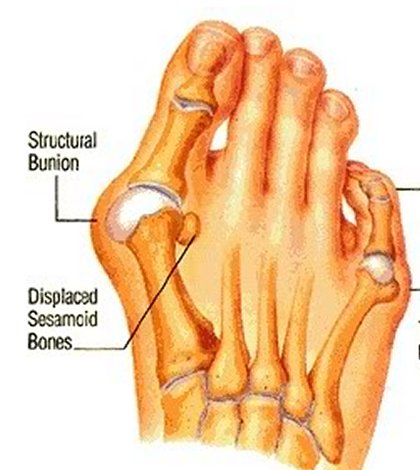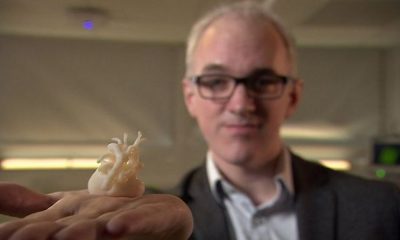If you have recently noticed a large and painful protrusion on the big toe side of your foot, then you may be suffering from bunions. In general, this is a deformity caused by the deviation or shift of the bone in your large toe where it joins the rest of the bones of the foot. In the worst cases, this can cause pain that spreads to the entire foot, and an inability to walk or ambulate properly. If your bunions are making walking and every day life a painful struggle, then here are a few things you need to know about how to treat bunions.
No Clear Causes
While bunions can be fairly common, they are not perfectly understood in modern medicine, and there is no one specific cause. Many physicians believe the bunions are genetic. These cases are usually associated with early signs of deviation in the bones, tendons, and ligaments of the first metatarsal, such as flat footed-ness, or excessive flexibility in the ligaments of the foot. Many experts still point to a lifetime of wearing poorly fitting shoes and high heels as a primary cause of bunion deformities. Although many believe that this simply exacerbates an existing problem.
Signs and Symptoms
Bunions are typically diagnosed when the physician sees red, swollen, and irritated skin around the bunion, pain in general or when walking, and the phenomenon of the big toe shifting towards the other toes. As a result of wearing ill-fitting shoes over the bunion, blisters may form on the site as well. This causes many sufferers to wear larger size shoes than they normally would to accommodate the extra width of the foot. If the condition becomes severe, the pain may spread to other areas of the foot as well.
Treatment Options
There are two primary ways to treat bunions: custom orthotics and surgery. Orthotics are simply accommodating padding and shielding designed to be worn with or replace your shoes. In essence these are simple devices, like gelled toe spacers or separators, and cushions, splints, or regulators for the bunion to slowly and conservatively correct the deviation of the bones. Rest, ice, medication, and generally staying off of your feet and avoiding wearing restrictive shoes may also be prescribed to alleviate symptoms more so than correct the deformity
Surgery
If the discomfort or deformity is so severe that the patient is in constant pain or cannot otherwise function normally, surgery administered by an orthopedic or podiatric surgeon may be prescribed. For instance, the doctor may remove some of the protruding bone tissue, or will realign and straighten the first metatarsal. If you are suffering from bunions then your surgeon will design the perfect procedure to bring you relief from the pain and restore your feet to their natural healthy state.


















